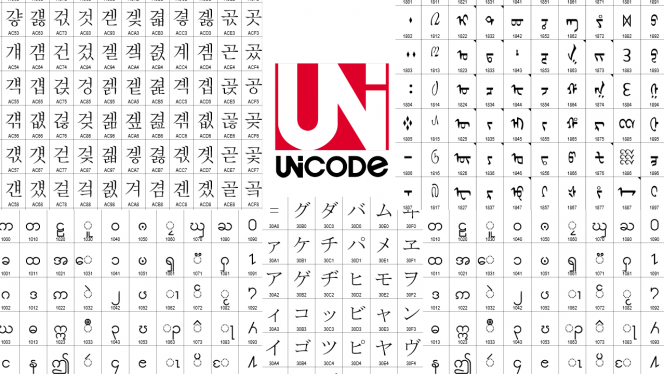
Unicode is an international encoding standard for use with different languages and scripts.
It works by providing a unique number for every character, this creates a consistent encoding, representation, and handling of text.
Basically Unicode is like a Universal Alphabet that covers the majority of different languages across the world, it transforms characters into numbers.
It achieves this by using character encoding, which is to assign a number to every character that can be used.
What’s an example of a Unicode?
As an example, “A” could be read as 1, “a” as 2, and “#” equals 45. This character encoding scheme may work perfectly well for one system but if another system had to read it then it may not understand it at all, so it would need to understand the users encoding scheme as well.
To solve this problem a standard was created, this means that all computers can display the same characters.
So was born the Unicode Standard, which was developed in conjunction with the Universal Coded Character Set.






